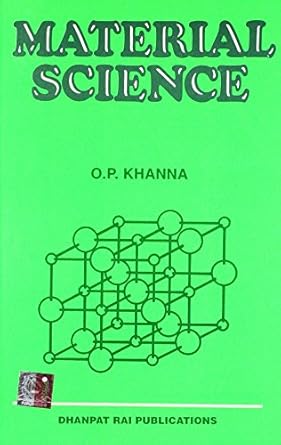No products in the cart.
Return To Shop
Menu
Categories
- Physics Books
- UPTU & AKTU Books
- Dictionaries / Language Learning
- Yoga
- Beauty and Fitness
- Text and Reference Books
- Biology Books
- Computer Science Books
- Personality Development
- Meditation
- Ayurveda / Homeopathy / Herbal Cure
- Used or Second Hand Books
- Accounting
- Children Books
- Family and Relationships
- Health & Fitness
- Crafts and Hobbies
- Mechanical Engineering Books
- Biotechnology Books
- Delhi University Books
- General
- Parenting
- Games & Quizzes
- Electrical Engineering Books
- Food Technology
- Management Books
- Biographies
- Nutrition
- Jokes - Humour
- Mathematics Books
- Hindi Books
- Best Deals: Top Selling Books
- Academic Book
- Law Books
- Class-11th Books
- Chemistry Books
- New Arrivals
- Electronics Telecom
- Class- 9th books
- Civil Engineering Books
- Medical Books
- School Books
- Environmental Engineering Books
- Electronics Communication Books
- Class- 10th class
- Free Online e-Books
- Class 12 th Books
- NCERT
- Motivational
- English Novel
- Astrology / Palmistry / Vastu / Hypnotism etc
- Competitive Examinations
- Engineering Books
- Electrical and Electronics Engineering (EEE)
- Encyclopedia
- Gift Items
- Cookery
- Economics
- Amity University ASET Books
- Alternative Therapy
- Spiritual Books
- Stress Management
Material Science by O.P. Khanna
₹295.00 Original price was: ₹295.00.₹175.00Current price is: ₹175.00.
Categories: School Books, Used or Second Hand Books
Backorder means you can still order but the product's availability might have to be double checked with warehouses as there are other pending orders. We will ship it to you subsequently.
5 in stock (can be backordered)
visible
Material Science by O.P. Khanna
is an essential textbook for anyone interested in the field of material science. It covers a broad spectrum of topics, including the fundamentals of materials, their properties, and their applications. O.P. Khanna introduces key concepts such as atomic structure, crystal structures, and bonding, making it accessible for beginners.
The book dives deeper into different material types, including metals, ceramics, polymers, and composites, explaining their properties and how they are used in various industries. The author also discusses the mechanical, thermal, electrical, and optical properties of materials, providing a thorough understanding of how materials behave under different conditions.
In addition, Material Science by O.P. Khanna emphasizes the importance of material selection for engineering applications. The book provides guidelines on choosing the right material based on factors such as strength, elasticity, and hardness. It also covers various material processing techniques, including casting, forging, welding, and heat treatment, which are vital for manufacturing components with desired properties.
The book is not just theoretical; it incorporates real-world examples and case studies, showing how material science principles are applied in various industries. The author also highlights emerging trends such as nanotechnology and smart materials, offering insight into the future of material science.
Overall, Material Science by O.P. Khanna is a well-structured and practical guide, making it a valuable resource for both students and professionals in the field of material science.
Related products
Organic Chemistry For Competition For IIT – JEE By O P Tandon
A Textbook of Organic Chemistry for Competitions for JEE Main by O.P. Tandon | Buy to save >
Akbar-Birbal Vol 3: Written In Age Specific Manner For Children by TANVIR KHAN
Distributed Systems by Naveen Kumar Singh | buy to save >
Microprocessor Architecture Programming and Applications with the 8085 by Ramesh Gaonkar | Buy to save >
A Text Book Of Engineering Met...
₹525.00 Original price was: ₹525.00.₹425.00Current price is: ₹425.00.


Bio – Medical Electronic...
₹295.00 Original price was: ₹295.00.₹205.00Current price is: ₹205.00.
More
More







